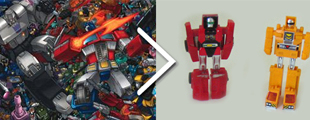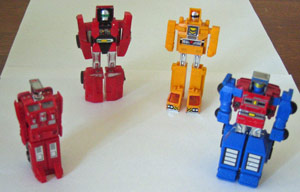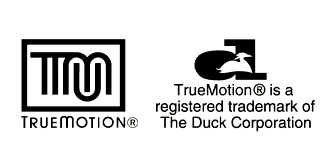Thanks to Michael for his Google Summer of Code 2007 wrap up. Technically, I was the FFmpeg mentor administrator. But Michael kept a keen eye on all 8 of our projects. Thanks to all the students who came through with the code this year. FFmpeg is building a good track record which should help our prospects in future GSoC efforts.
Special notices go out to my student, Kostya, who had to pick up my slack in figuring out the RV40 algorithm while at the same time re-implementing it; and to Marco Gerards, for writing both a Dirac decoder and the beginnings of a Dirac encoder, despite what certain GStreamer naysayers had to say about the initiative:
Considering how long we have spent on getting Schrodinger up to scratch I am amazed that anyone even manage to believe they can create both a decoder and an encoder for Dirac in 3 Months.
Go Marco!


